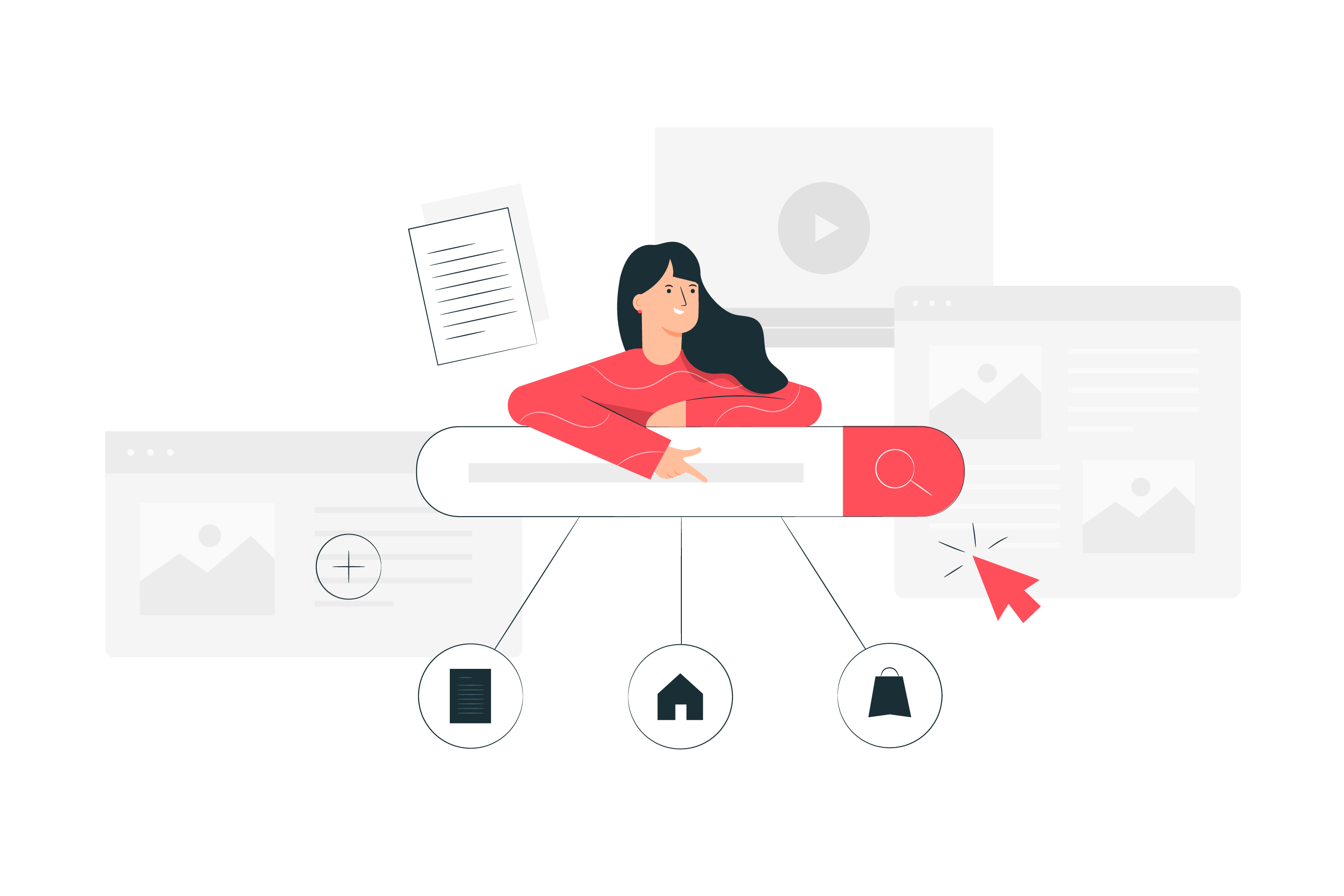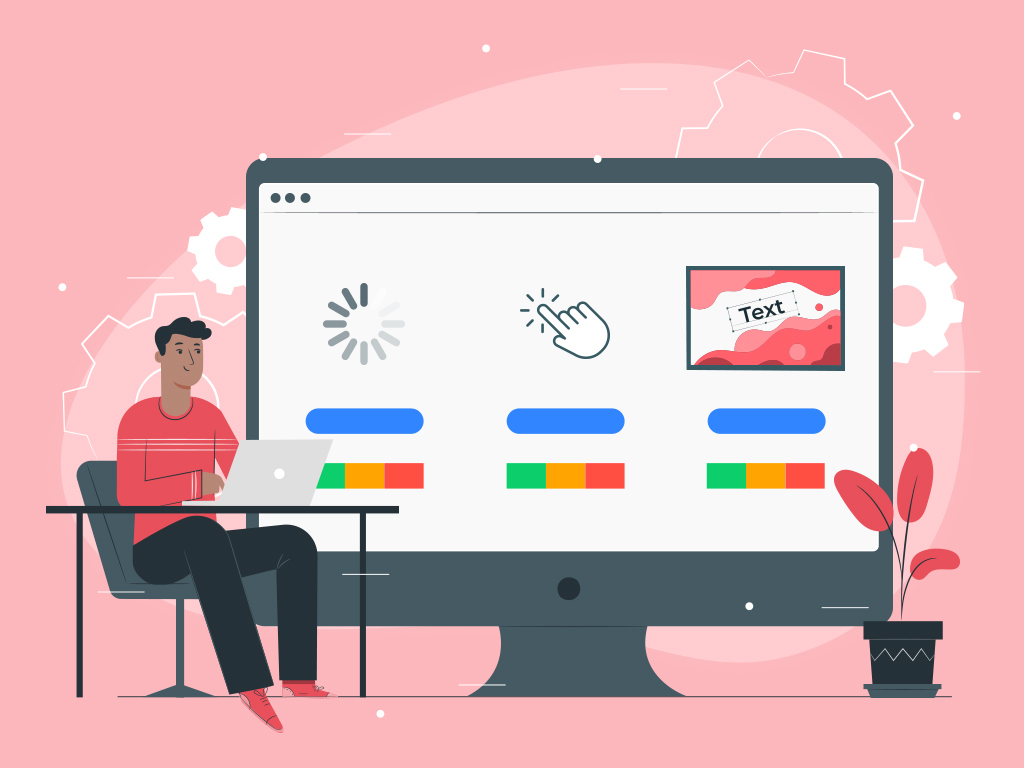
5 Proven Strategies to Increase Your E-commerce Sales
September 16, 2025
How to Optimise YouTube Videos for Maximum SEO Impact
September 16, 2025Optimising your website for traffic, revenue, and conversion is one of the most essential parts of your SEO strategy.
Having success for your sites involves going beyond the neat design that sometimes can be seen as a hindrance to search engines that are crawling your website. A balance has to be made between a visually aesthetic website and a structure that is suited for search engine visibility.
Thus, having an organised website structure is incredibly essential for SEO and without having a proper structure that makes sense, your other content and design efforts may go to waste.
Here are 10 ways to optimise your website structure for better SEO results:
1. Site Crawlability

One of the most important factors for website structure is the site crawlability.
Crawlability refers to a search engine’s ability to crawl through your website’s entire text content to figure out what your website is all about.
Some of this process requires navigating through subpages and particular topics to understand the website as a whole. A webpage has to take a visitor someplace else within the website, from one page to another, to be considered crawlable.
An important aspect of good website crawlability is that there are no dead ends while crawling through your website and making sure that there are internal links on every page.
2. URL Structure
Another essential factor relating to how website structure affects SEO is the URL structure.
URLs are the building blocks of an effective site hierarchy and the best URL structures should be easy to read by a user. An effective structure should replicate logic across your website and having a XML sitemap with all of the important URLs helps search engines to rank with SEO.
Try to keep your URLs simple and don’t over complicate them with too many parameters.
3. HTTP, HTTPs, HTTP2
HTTPS ensures your website security, and having a secure site can help to boost your rankings as Google continues to make it part of the user experience.
Switching to HTTPS has many benefits for your site in addition to better rankings.
- Better user experience.
- Protection of your users’ information.
- AMP implementation – only viable with HTTPS.
- PPC campaign effectiveness.
- Improved data in Google Analytics.
As of November 2020, Google will start crawling some sites over HTTP/2.
4. Internal Linking
Another aspect of your website structure is that you should have proper navigation to guide users from one page to another easily.
If your website is large and has many pages, the challenge is making these pages accessible with only a few clicks by using navigation. Usability experts suggest that it should only take three clicks to find any given page.
Internal linking helps users and search engines to find a page and helps provide a flow between content and pages.
Pages that are not linked are harder for search engines to crawl.
Internal linking works by using keywords within your content and linking them to another relevant piece of content on your website.
5. Key Content & Keywords

Content and keyword research are fundamental parts of SEO and should be included in how you build and structure your website from the beginning.
Having the content will make sure that you have full understanding of your target audience, search behaviour and topics that are built into your website structure and layout.
The best websites have integrated a great user and search engine friendly experience by ensuring their website’s most crucial content is central to the structure and provides value to the readers.
For further insights into technical SEO, you can explore resources like this article to enhance your understanding.
6. Duplicate Content
Duplicate content is harmful for your SEO because Google interprets it as spam.
Having high-quality and unique content on the SERP will clearly define how your website is structured for ideal SEO.
Google’s Search Console is a useful tool for finding and eliminating duplicate content on your website.
7. Navigation & User Experience
The usability standards that today’s websites are held to are much stricter than before and a greater emphasis is placed on the user experience.
If a visitor comes across a poorly built website, they will avoid interacting with it further and they will seek the information out on another competitor’s website.
Hence, bad user experience will affect your SEO and how searchers interact with a website is perceived by Google for future search results.
Click-through rate, time spent on site, and bounce rate are all signalling factors to Google’s algorithm.
The basics of providing a good user experience include:
- Aligning click-through with expectations.
- Making desired information easy to find.
- Ensuring that navigation makes sense to the point of intuitiveness.
8. Core Web Vitals & User Experience
Core Web Vitals are part of Google’s new page experience update and when optimising images, they could impact ranking.

The shift in emphasis on CLS (Cumulative Layout Shift) and the measurement of content and visual content load jumps is something website builders, designers, and SEO experts need to work together on.
Core Web Vitals could become one of the key ranking factors in 2021, and at the moment, less than 15% of sites meet benchmark standards.
Google has given a heads up for SEO professionals to prepare for this update, so now is an excellent time to take action in advance to prepare your website for this change.
9. Mobile
Everything is going digital today, ensuring your website is structured for mobile viewers coming from different devices is now an essential part of a website build.
Mobile responsiveness and accessibility is important for your website as many users are browsing the internet on their phones.
The amount of work involved can depend on your developer resources, IT expertise, and business models – especially if your site is e-commerce related.
10. Speed & Performance
If your website build and structure is not built for a fast user experience, then your SEO rankings will suffer.
Slow site and page speeds, unresponsive pages, and anything that takes time for the user will make all the hard work done by developers go down the drain.
A one-second delay in page load time can mean fewer page views and traffic and a significant drop in conversions.
Ensure that you are liaising with your designers and IT departments to choose the right mobile design and website structure with a responsive web design, and identify all the pros and cons to avoid high costs and costly mistakes.
Conclusion
To achieve the best SEO results, ensure your website is structured for your users and your business.
Make sure that the site is architected for search readability. Ensure that you align your website and design so your SEO efforts will bear the fruits of your labour!
{{cta(‘ff61f22e-598c-4396-b453-3fbef0576666′,’justifycenter’)}}
Source: Search Engine Journal


